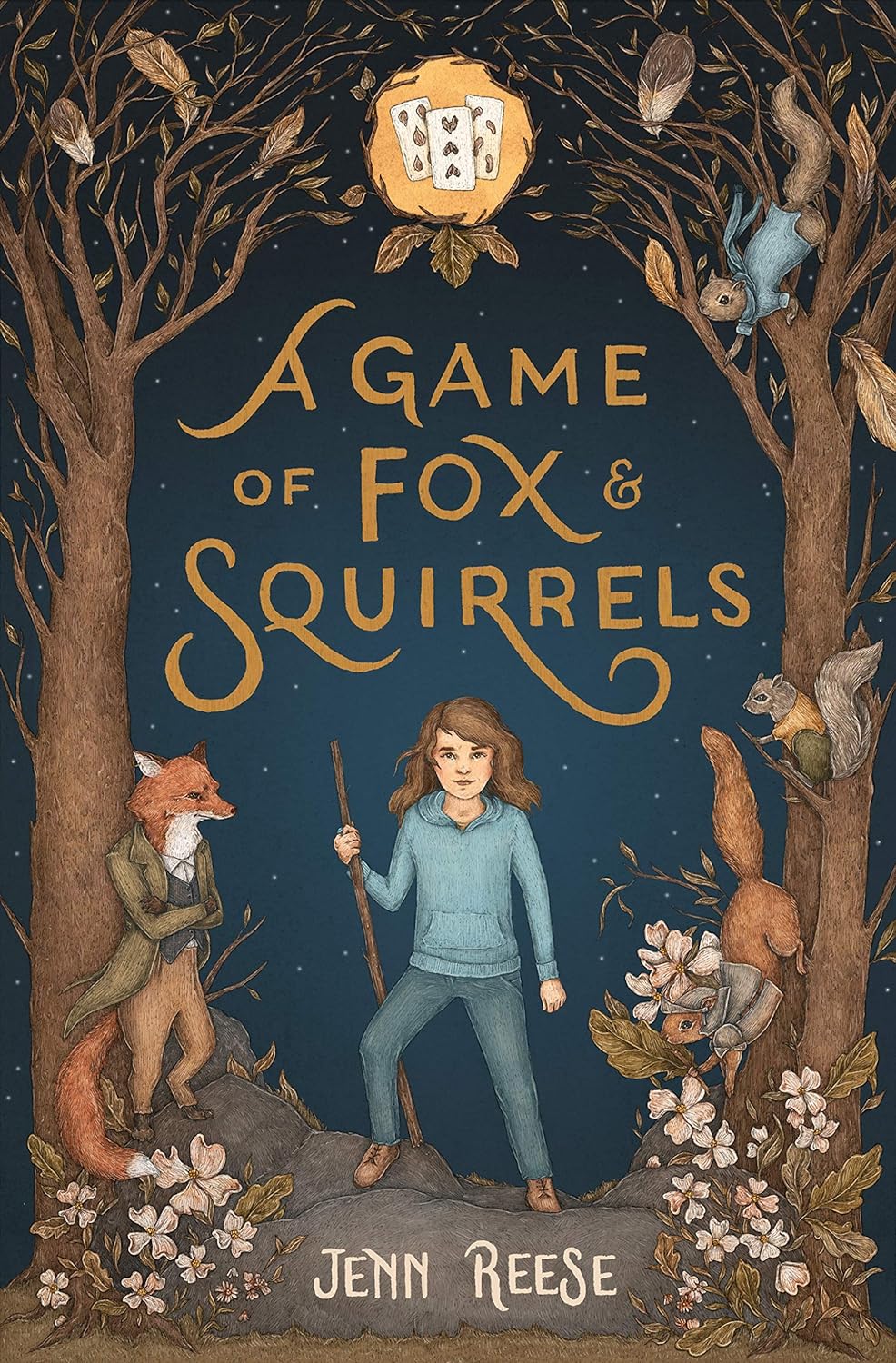|
Rating: 4/5 Stars
Jenn Reese’s A Game of Fox & Squirrels dances gracefully between whimsy and wisdom, seamlessly blending childhood innocence with the weight of real-world challenges. This enchanting narrative not only tickles the imagination but also stirs the soul. After a family tragedy, eleven-year-old Sam and her sister Caitlin find themselves whisked away to rural Oregon to live with their Aunt Vicky. Sam’s skepticism about their new life hangs heavy like the mist on a Pacific Northwest morning, but everything changes with a mysterious gift from Aunt Vicky: a card game called “A Game of Fox & Squirrels.” The line between reality and fantasy begins to blur when Ashander the fox leaps from the cards into real life, promising Sam a wish if she can find the mythical Golden Acorn. The inhabitants of Reese’s world are vividly portrayed, each character with their own quirks and charms. From Aunt Vicky’s peculiar chicken obsession to Cedar the squirrel’s insatiable appetite for acorn meat tarts, Reese brings them to life with remarkable brevity. While the story brims with talking animals and magical quests, it also delves into the weighty theme of domestic violence. Drawing from her own experiences, Reese delicately illuminates the possibility of breaking free from the chains of a toxic past. Through Sam’s eyes, readers embark on a journey through trauma, loss, and healing, elevating A Game of Fox & Squirrels from a mere fairy tale to a profound exploration of family and resilience.
0 Comments
 Written by Lauryn Smith Reaching the next stop on the my-life-through-books tour required me to trek through some muddy waters. No, quicksand. Maybe lava? You might think that the new shelter-in-place era we now live in would be prime time to work on personal projects and accomplish non-work-related goals. Well, not when you are a recovering perfectionist. Self-doubt, fear of failure, and questioning whether you, of all people, have anything to say that is worth hearing all make procrastination quite appealing. Amirite? But Sam Laura Brown has re-inspired me to overcome my subconscious self-sabotaging habits, at least in terms of blogging. In fact, I thought I might switch things up beginning with this post and instead of merely reviewing a book, also reflect on how it applies to my life, what it meant to me personally, and so on. It may get a bit stream-of-conscious-y. Who knows. Ready? Here goes. Let’s start by talking about Zits. (I could so easily make a joke about stress breakouts here but shall refrain.) Zits is the main character in Sherman Alexie’s novel “Flight.” He is a biracial teenager with Native American ancestry living in the Pacific Northwest. What’s more, he is a self-described “time-traveling mass murderer.” 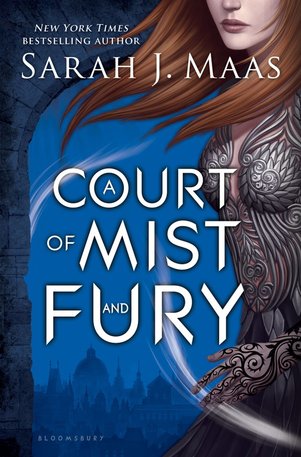 Written by Lauryn Smith As promised, I read “A Court of Mist and Fury” by Sarah J. Maas. You may remember my slightly scathing review of its predecessor, “A Court of Thorns and Roses.” Though I still have some qualms, the second in the “A Court of Thorns and Roses” series exceeded my expectations. The story picks up right where the first left off. In the aftermath of bad girl Amarantha’s demise, Feyre returns to life in the Spring Court with soon-to-be hubby Tamlin. But things are not all roses and daisies anymore. First of all, she has that tattoo linking her mind to Rhysand’s, as well as Rhysand’s pesky bargain regarding Feyre’s living arrangements, to worry about. Add to that Tamlin’s newly developed overprotective personality, and the fact that all in the Spring Court abide by his command to keep Feyre safe by restraining her to the grounds and limiting her access to information. Feyre used to feel thankful for Tamlin’s protection, but now she feels stifled, bored and unchallenged. She also cannot get over the guilt regarding the crimes she committed in order to save everyone from Amarantha’s wrath. In addition, the more she gleans about how the courts work, the more repelled by the system she becomes. Oh yeah, and she now has all the powers of a High Fae, powers that reflect those of each of the courts’ High Lords. On the day of Feyre and Tamlin’s wedding, Feyre falls apart. As he did multiple times in “A Court of Thorns and Roses,” Rhysand pops in and saves the day, whisking Feyre away to the dreaded Night Court. That is when everything changes and Feyre’s perspective shifts. Instead of willingly remaining a veiled treasure, Feyre gets her life back on track. She grows familiar with the people, places and politics of the Night Court, trains to control her potent powers and flirts mercilessly with Rhysand. All the while, a new and fiercer evil looms. And once more, Feyre is key in ending it. Maas again focuses on the good versus evil trope, this time on a dual level, both between the courts and an outside force as well as between individual courts. This is a classic and widely appealing theme, so no complaints there, granted the lack of emphasis on the plot leaves something to be desired. Also again, Maas attempts to make the story grab adult readers by including explicit sex scenes. Maas needs more than said sex scenes to make the novel appropriate for adults. Take them away, and this book is young adult through and through. I will contend, though, that the integration of action and romance is accomplished much better in “A Court of Mist and Fury” than in its predecessor. Review: “Harry Potter and the Cursed Child” by Jack Thorne, J.K. Rowling and John Tiffany11/13/2016 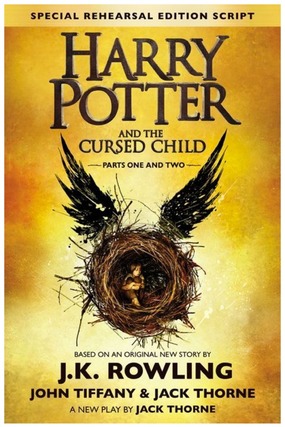 Written by Lauryn Smith Nineties kids rejoice! Jack Thorne, with the help of J.K. Rowling and John Tiffany, has gifted us with a continuation of the “Harry Potter” series—but not in the way you would expect. The three chose to take the story to the stage. Lucky for those of us living in America, the script has been specially bound in book form. (Unfortunately, you can only see the theatrical production at the Palace Theatre in London.) The next installment, titled “Harry Potter and the Cursed Child,” takes places 19 years after “Harry Potter and the Deathly Hallows.” Instead of focusing on the titular character as in the first seven books, we now focus on his son, Albus Severus Potter. The young Potter, who is just beginning his studies at Hogwarts, struggles to live up to The Chosen One and his legacy in the wizarding community. To make matters worse, the Sorting Hat places Albus in the House of Slytherin. After a dispute between son and father a few years later, Albus becomes fed up with perceived expectations, so he determines to have an impact of his own, despite his father’s ignorance and overprotection. What follows is an epic of good versus evil, light versus dark, that involves Cedric Diggory (yup), House drama, a forbidden Time-Turner and more. Past and present merge, family dynamics are explored, and potential catastrophic darkness looms. Let’s set something straight from the get-go. This read is a screenplay, descriptions of characters, locations, actions and all. The story is therefore more superficial than the previous books in the series. The 300 pages are reflective of the length of the play, and the detailing is minimal. If you are not used to reading screenplays, you may be a bit disappointed with “Harry Potter and the Cursed Child.” 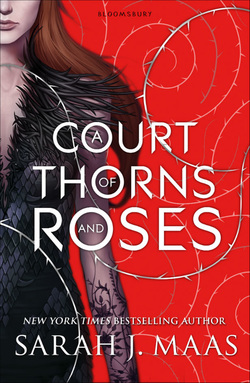 Written by Lauryn Smith I am not likely to win any friends with my review of “A Court of Thorns and Roses” by Sarah J. Maas. Recommended to me by another Reviewer, this book is a Young Adult fan favorite, but I question whether I can get on board. Before you ask, yes, I kept an open mind while dutifully reading through to the very last page (a necessity, since I swore to read its sequel, which I have been assured is much better than its predecessor). “A Court of Thorns and Roses” is the first in Maas’s A Court of Thorns and Roses series. An amalgamation of “Beauty and the Beast,” “Fifty Shades of Grey,” “Twilight,” a touch of “The Lion, the Witch and the Wardrobe” and a pinch of “The Hunger Games,” this book exemplifies fan fiction, and not entirely originally (more on this later). In it, a teenaged, wholly human diamond in the rough named Feyre kills a fearsome wolf in the woods and soon after is snatched from her derelict home by a handsome and fierce faerie, because, surprise, that wolf was actually a faerie, too. But her captor, Tamlin, is no ordinary faerie. He is a High Fae—a normal faerie but more striking, more magical and more powerful. Now a forced resident of Tamlin’s estate, Feyre learns that the kingdom’s residents are in turmoil and at risk of losing their powers, effects of a curse that was put on the land. Another effect? The faeries all have masquerade masks permanently stuck to their faces. Naturally, Feyre and Tamlin bond and fall in love, and Feyre’s sacrifice on Tamlin’s behalf restores peace to the land. 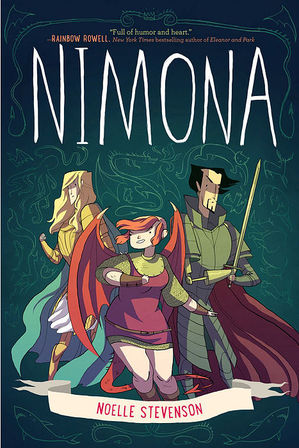 Written by Lauryn Smith The first and last graphic novel I read was for a contemporary fiction class in college. From that experience, I learned that there are some things that pictures, or a combination of pictures and text, can better accomplish than text alone. I used to think that graphic novels were only for young readers, but I have since changed my mind—graphic novels can actually be full of meaning. So when Reviewer Beth Winters suggested I read “Nimona” by Noelle Stevenson, I agreed. I was not disappointed. "Nimona,” which falls in the young adult genre, is a full-color graphic novel based on Stevenson’s web comic of the same name. In this work of fiction, there are heroes and villains and dragons and science and contemporary ideology. Essentially, Stevenson’s story consists of classic premises sprinkled with modernity. The eponymous character, young in relation to the book’s other characters, one day shows up at the home of bad guy Lord Ballister Blackheart asking to be his sidekick. Reluctantly, Blackheart agrees. He and Nimona, who turns out to be a skilled shapeshifter, make and execute "villainous" plans, one of which leads them to discover that the powerful Institution of Law Enforcement is up to no good. Complicating matters is the fact that Blackheart’s once good friend Sir Ambrosius Goldenloin works for the Institution. Naturally, chaos ensues. 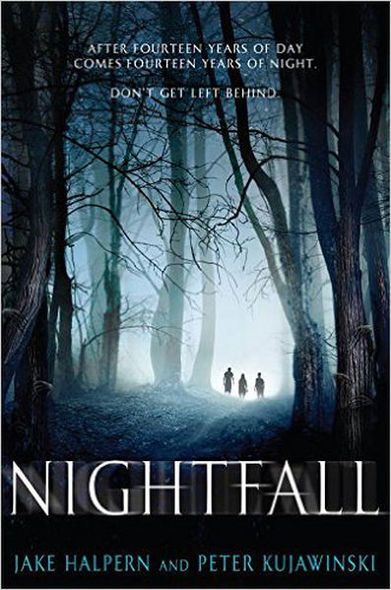 Written by Lauryn Smith One book, two authors. I must have been living under a rock, because apparently stories written by multiple authors are relatively common. Case in point: "Nightfall" by Jake Halpern and Peter Kujawinski. (Shout out to G.P. Putnam's Sons Books for Young Readers for introducing me to "Nightfall," my first dual-authored novel. Thank you for the free copy!) “Nightfall” is a piece of young adult fiction that portrays the peculiarities of the remote, forested island of Bliss. On the island, Sunrise comes only every 28 years, resulting in 14 years of Day and 14 years of Night. The island's residents spend weeks preparing for Nightfall, completing a number of odd rituals, such as removing locks from houses, leaving doors partially open and strategically rearranging furniture. Come Nightfall, they hitch rides on furrier ships in order to flee to the Desert Lands, where they will live for the 14-year interim. That is just how things work on Bliss, no questions asked. Any and all reasoning is shrouded in mystery. No one understands or speaks of what happens on the island during the cold years of Night, but everyone knows that the place should be avoided. This Nightfall, however, an unfortunate few are left behind. Once the furrier boats take off, three teens—Marin, her twin brother Kana and their mutual friend Line—are left to their own devices, and they come to understand the mysteries of the island uncomfortably well. 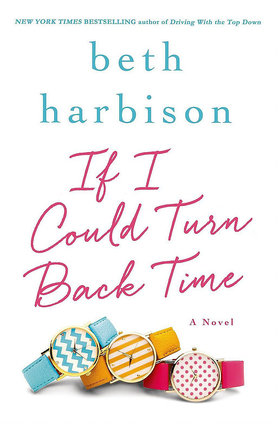 Written by Lauryn Smith I normally do not go for contemporary romance or chick lit like Beth Harbison’s “If I Could Turn Back Time.” Yet here I am, sharing my review of Harbison’s “If I Could Turn Back Time.” (Thanks to Macmillan Audio for the free audiobook!) Harbison’s book is what I like to call a beach read. It is lighthearted, has some entertaining premises and is easy to grasp, but it is not life-altering, mind-boggling or gush-worthy. “If I could Turn Back Time” is not bad—it is just not great. Harbison tells the story of career savvy Ramie Phillips, a soon-to-be 38-year old who in a moment of recklessness knocks her head and falls unconscious, only to wake up in her childhood home in Maryland as her 17-year-old self. Thrust back in time, the businesswoman is forced to relive her past, which gives her the opportunity to contemplate the choices she has made and to reconsider what she truly desires. Writing from Ramie’s perspective, Harbison illustrates what it is like for middle-aged women to doubt their decisions and to endlessly wonder what their lives would be like under different circumstances. She investigates modern women's emotions, specifically those of women who prioritize growing their careers over finding love and establishing families. 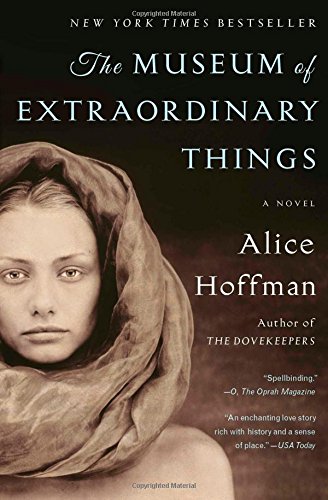 Written by Lauryn Smith In her historical fiction novel "The Museum of Extraordinary Things," Alice Hoffman invites readers to dive into dueling worlds, one mystical and breathtaking, the other dark and seedy. Set in 1911 New York, Hoffman illustrates the time by interweaving the stories of Coralie, a young woman who assists her father’s museum of “natural” wonders, and Eddie, a young man who struggles with his unfortunate past but finds solace in his work as a photographer and life in the Manhattan wilderness. Their paths cross when Eddie accepts a job reminiscent of those he used to accept from shady characters in his youth. This time the job is seeking the missing daughter of an acquaintance of his estranged father. In addition to providing readers a true page-turner of a book, Hoffman expertly introduces readers to actual historical events, in this case the Triangle Shirtwaist Factory fire in Greenwich Village and the fire at Coney Island’s amusement park, Dreamland. Hoffman, the author of more than 30 novels, seems to want to exemplify the psychological impacts of social and economic inequalities. Coralie feels trapped by the wishes of her father, who disallows her from showing her true self, going so far as to require her to glove her deformed hands, while simultaneously forcing her to train as a water-loving creature to be displayed at the museum. Eddie carries with him the watch of the young son of a wealthy factory owner, which he stole when he was a child working alongside his garment-worker father, a token that seems to represent his distaste with societal disparities. His unease is perpetuated by his craft, in which he uses his camera to capture both beautiful and sordid images. Likewise, Coralie learns that the museum of wonders that once seemed magical is actually a house of hidden horrors. How is it that the world can supply such extremes, and in such proximity? |

Enjoying my book reviews? If you’ve found them helpful or simply love diving into a good book, consider supporting my caffeine-fueled reading sessions! Your contribution helps keep the reviews coming and ensures I stay wide awake for those late-night reading marathons. Cheers to a shared love for literature! ☕️
Categories
All
|
